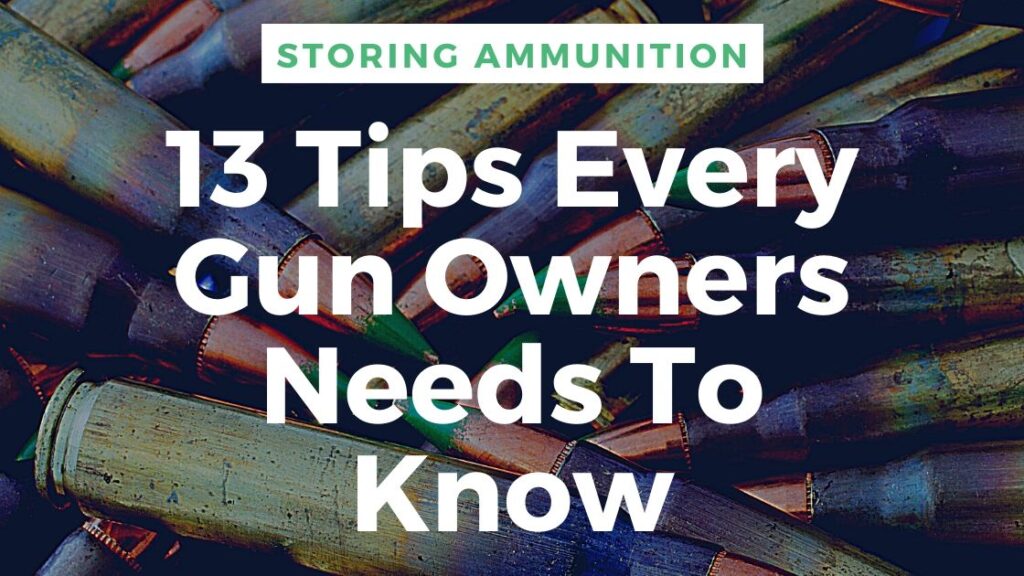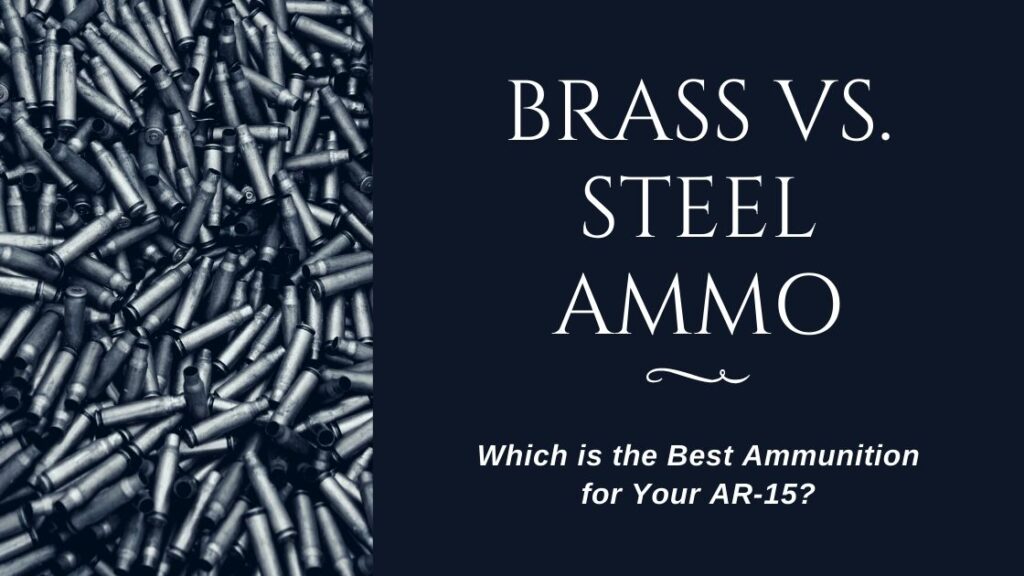22LR isn’t a caliber that’s commonly seen in the concealed carry market for two reasons. The first major reason is perceived dependability, which is accurate to some extent; mass-manufactured cheap 22LR ammo may be pretty problematic, particularly in semi-auto pistols.
The impact produced on its target is the second most important factor. While there is no debate about this metric when compared to other calibers, there is empirical proof that 22LR is capable of incapacitating a target.
Greg Ellifritz conducted an intensive deep dive into the “stopping power” parameters for several calibers of ammunition and discovered that 22LR is almost as dependable, if not more reliable than some of the other most often carried ammunition. One big caveat is that most people would prefer to be equipped with a larger caliber pistol in practically any situation.
Having a small or subcompact 9mm is recommended unless absolutely required, but if all else fails, carry a 22LR subcompact. Sometimes this is your only option, and any gun is better than no gun when it comes to a life-saving tool.
If you’re going to carry a small 22 caliber pistol, a snub nose double action revolver is definitely the best option because it will let you avoid most of the dependability difficulties. They’re not flawless, especially if you don’t keep them clean, but the worst you’ll get is a light primer hit every now and again. In that instance, simply pull the trigger again and continue firing.
Now, let’s get into it.
43 C SMITH & WESSON REVIEW
The Smith & Wesson Model 43C is an 8-shot 22LR J-Frame Revolver with several outstanding features that place it among the best contenders for pocket-sized 22LR weapons.
First and foremost, the 43C is exceedingly light. It weighs just 11.8 oz due to its all-stainless steel build, making it half an ounce more than the half-polymer Ruger LCP II. The Model 43C’s main benefit is that it is a revolver. This contributes to both peace of mind when carrying and convenience at the range.
Because it is a Double Action Only revolver, all failures to fire may be handled automatically by just squeezing the trigger again – there is no need to manually clear the malfunction.
The negative is that the trigger pull for the 43C is close to 12 lbs. If you can get over the 12lb trigger pull, you’ll be good to go with any other DAO or DA/SA revolver, regardless of caliber. The 43C has the greatest sights of the four pistols in this review, but it also has the shortest barrel of the four, measuring little under 2′′.
The 43 C includes the XS white dot front sight as standard, as well as a big U-shaped slot in the top strap for the back sight. These sights are regarded as far superior to the typical J-frame ramp front sight with a square notch rear.
Shooters can more consistently obtain a good flash-sight picture for that critical first shot out of the holster.
The trigger of the 43 C, like other J-frames, is less than stellar. Even after an extensive break-in, this one weighs around 12 pounds and isn’t particularly smooth.
But there is a bright side to this.
Shooting using a lightweight 22LR is an excellent technique for handling a strong double-action trigger. You’ll be able to pick up any if you can learn to reliably push a 12-pound trigger straight to the rear on a 12-ounce pistol without disrupting the sights or directing the muzzle off target.
LCR 22 RUGER REVIEW
If the hefty trigger bothers you and you don’t mind a few of ounces heavier revolver, you could pick the Ruger LCR 22. The trigger is still a touch heavier than on centerfire LCRs, but most people will consider it a significant improvement over the 43 C.
The LCR 22 has an 8-shot cylinder as well and weighs 15.5 ounces fully loaded, roughly 3 ounces more than the 43 C. When Ruger introduced the LCR to the globe, firearms experts lauded the “Lightweight Compact Revolver” for having the greatest wheelgun trigger in the world.
The unique friction-reducing cam in the LCR produces a positive glassine trigger pull with no sticking or stacking. The LCR is, was, and will be a superbly functional pocket handgun thanks to its polymer housing, aluminum cylinder, and stainless steel barrel.
Despite the lower recoil of the .22LR bullet, the LCR-22 has the same Hogue Tamer Grip as its bigger caliber counterparts. The LCR-22’s front sight is a pinned blade that may be replaced with another kind if desired.
The LCR-22’s back is a barrel-length channel, as you’d expect from a pocket revolver. Sharpshooters who enjoy snub noses may disagree, but chances are you won’t win any prizes for distance shooting with an LCR-22.
LCP II RUGER REVIEW
Ruger introduced this pistol in December of 2019. The LCP II in 22LR is essentially identical to its 380 ACP sibling, placing the 22LR variant fully in the pocket pistol category.
The LCP II has been one of the most dependable 22LR handguns, and when used with the same ammo, it is just as reliable as the MK IV pistol for target shooting and competition.
Ammunition in bulk packs, such as Remington Thunderbolt and Winchester bulk, does not appear to feed or run well in it. In practice, CCI standard velocity ammunition is very dependable, and serious malfunctions are uncommon. CCI Mini Mags, on the other hand, are favored.
The biggest disadvantage here, as with any semi-auto 22LR handgun, is that you’ll need to be intimately knowledgeable about how to clear any malfunctions. Even though carrying high-quality ammo almost eliminates malfunctions, it’s essential to always be prepared to clear a jam or failure to discharge (FTF).
The LCP II does have a significant handicap in terms of sights, although this may be addressed by applying phosphorescent sight paint.
BOBCAT BERETTA 21A REVIEW
The Beretta 21A Bobcat is the final option. This 7+1 semi-automatic 22LR pistol has been around for a while. The small pistol, which was first launched in 1984, hasn’t seen many modifications over the years.
The Bobcat is the most ergonomic out of the pocket carry 22 LR here.
This is mostly owing to the massive back palm swell. This allows you to get a terrific deal on the little pistol.
The Bobcat’s slide is maybe its weakest feature. The tip-up barrel of this handgun allows you to fill the chamber without racking the slide. It features a manual safety, a magazine release on the left side of the handle, and tiny, almost worthless sights.
It is a double-action/single-action pistol with a considerably more ergonomic design, owing to its bigger size. The barrel and slide’s unusual construction allows you to load the first round by flipping up the back of the barrel without racking the slide.
Apart from the tiny 1/4′′ by 2′′ areas towards the bottom-rear of the slide, the slide lacks the raised slide ears of the LCP II and has few slide serrations.
The Bobcat compensates for this shortcoming by being one of the more dependable semi-auto handguns with virtually any ammo.
This gun’s double-action trigger is both hefty and lengthy. However, the single action is appealing, and the reset time is incredibly brief. With regular velocity, this rifle performs considerably better. The owner’s handbook suggests 22-caliber ammunition.
VERDICT – IS A 22LR BETTER THAN NO GUN AT ALL?
Is there ever a time when carrying a gun is inappropriate? Even if you’re wearing apparel that doesn’t lend itself well to concealment, you can still carry a pistol just in case. Smaller, less dangerous choices may be simpler to conceal and draw less attention if detected, but do you really want to risk your life with pepper spray or a pocket knife?
Smaller, less dangerous choices may be simpler to conceal and draw less attention if detected, but do you really want to risk your life with pepper spray or a tiny knife?
We’d love to hear your ideas and opinions. What gun do you advocate carrying in 22LR?







